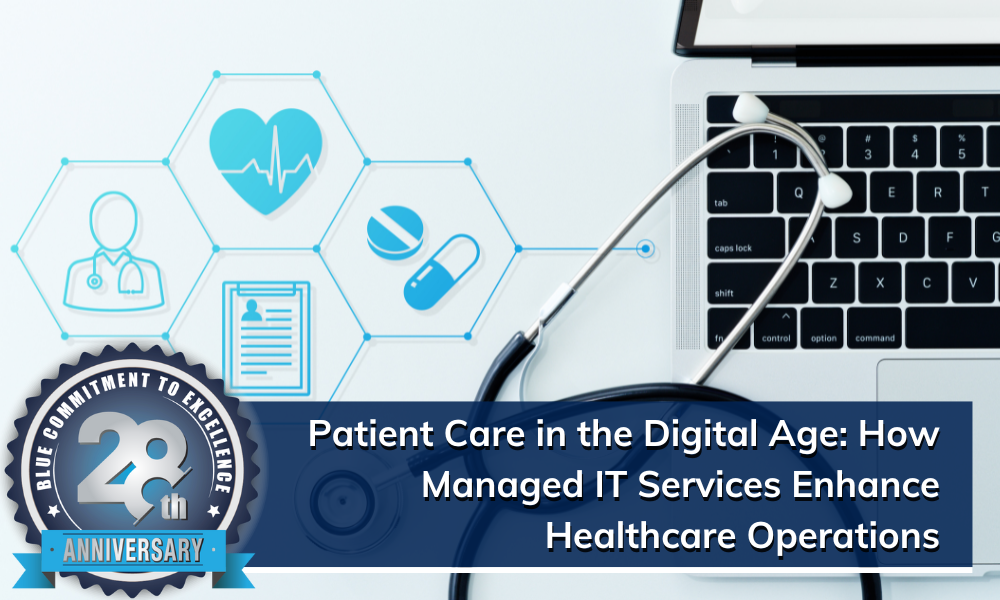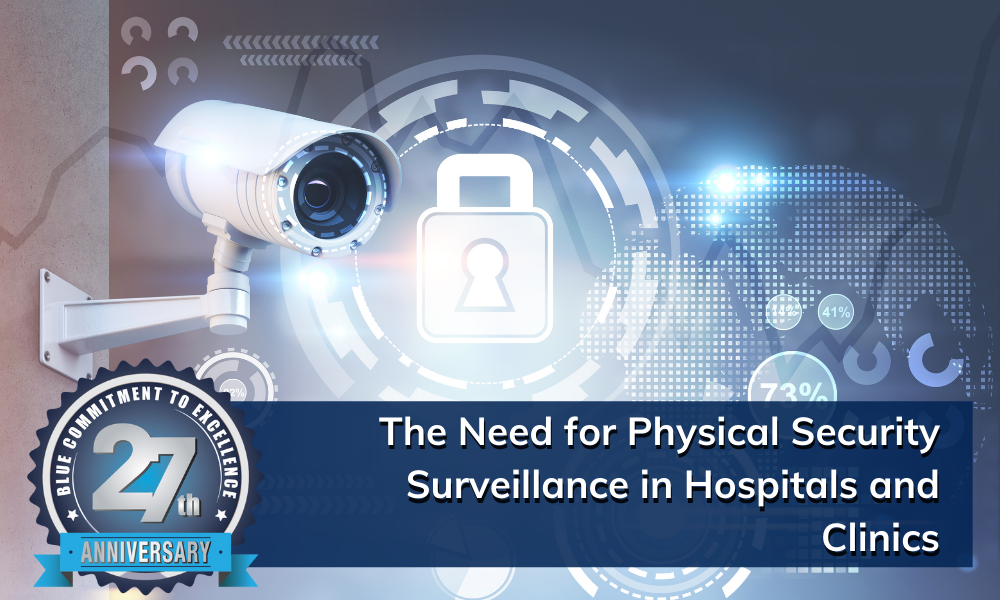The landscape of healthcare is rapidly evolving, and the integration of technology has played a pivotal role in this transformation. In the digital age, managed IT services have emerged as a cornerstone in enhancing patient care and healthcare operations. From the digitization of patient records to the implementation of telehealth services and ensuring cybersecurity, technology has revolutionized the way healthcare is delivered and managed. Here we will explore the multifaceted impact of managed IT services on patient care, focusing on the digitization of patient records, the rise of telehealth, and the paramount importance of cybersecurity in safeguarding patient health information.
Patient Care in the Digital Age: How Managed IT Services Enhance Healthcare Operations
Topics: healthcare, Managed IT, #cybersecurity, telehealth, Real-time monitoring
Improving Communication and Patient Care: Why Hospitals Need VOIP
Hospitals rely heavily on communication and technology to provide the best care for their patients. Communication is essential for hospitals to stay organized, efficient, and up to date. Technology plays a large role in helping hospitals achieve this goal. Together, they have a major impact on patient care and safety.
Topics: healthcare, VoIP, VoIP for hospitals
The Risks of Manual Document Management in Healthcare
Every year, the U.S. Food and Drug Administration receives over 100,000 reports related to errors in medication that have occurred throughout hospitals, clinics, pharmacies, and more. While some of these are related to improper prescribing, others are due to administrative errors and errors inherent in filling out or transferring paper-based documentation. It is estimated that up to 9,000 Americans die each year as a result of these errors. Importantly, medication errors can also affect pets, with many dying or sustaining injuries due to such errors.
Topics: document management, healthcare, private practice
Using Healthcare Technology Solutions for Better Outcomes
Healthcare was one of the hardest hit industries during the coronavirus pandemic and is now struggling under the burden of a weak economy. Escalating expenses, declining revenues, and staffing issues continue to plague providers, making it difficult to create environments that deliver high quality care and better health outcomes.
Topics: healthcare, #ManagedITServices, #DocumentManagement, #HealthcareITSolutions, #cybersecurity
5 Big Challenges Faced by the Hospital Services Industry
Topics: healthcare, Managed IT, #cybersecurity
How to Take Advantage of the New Flexibilities in Telehealth
The coronavirus pandemic caused much disruption in the medical industry, but there was a silver lining: According to a report released by the U.S. Department of Health and Human Services (HHS), telehealth visits under Medicare increased to 52.7 million in 2020, up from only 840,000 the previous year. Interestingly, most of the visits — 92% — occurred in the home of the beneficiary, which typically was not permitted before COVID-19. This represents a 63-fold increase in the utilization of telehealth under Medicare, but new reports are showing that overall use of this technology has increased by 38% as compared to the pre-COVID era.
Topics: healthcare, telehealth, Communications, virtual care
The Need for Physical Security Surveillance in Hospitals and Clinics
Healthcare workers are often underserved and undervalued. And now they are even at higher risk for workplace violence than the average worker across other industries. Studies show that if you are a healthcare worker, you are up to five times more likely to be a victim of assault than people in any other job. Some recent surveys even showed that almost 70% of nurses in emergency rooms have been kicked or hit while doing their jobs.
Topics: healthcare, Physical security surveillance, Surveillance systems, Cloud-based surveillance, Security systems
The Importance of Mobile Printing for Healthcare Practices
In the healthcare industry, two things are essential for a high level of patient care: speed and accuracy. Savvy healthcare systems must focus on more agile decision-making and develop cost-effective ways of using technology to support core business objectives. Systems must be fast to implement, easy to understand and learn, and provide ways to free up staff to focus on more mission-critical tasks. And, with home-based care needs accelerating, healthcare organizations are searching for ways to assist direct care workers in bringing better, more targeted healthcare options to their homebound patients.
Topics: healthcare, mobile printing
Exploring Leading Edge Trends in Health IT for 2022
It’s no surprise that the ongoing pandemic has encouraged the swift adoption of a more digitized environment across many industries, but in healthcare in particular. Due to an increased need for virtual appointments, telemedicine has leaped to the forefront of healthcare decision-makers to-do lists, followed by a number of new ways to make healthcare more accessible to all through digital means.
Topics: healthcare, #cybersecurity, Data Management, telemedicine, health IT
How to Expand Your Private Practice Using Telemedicine
When the coronavirus pandemic struck, many consumers and healthcare professionals alike looked for new ways to gain access to necessary healthcare without compromising health and safety in crowded waiting rooms and hospitals. The answer presented itself in the form of telemedicine.
Topics: healthcare, VideoConferencing, telemedicine, private practice, communication system, telehealth








.png)
.png)


